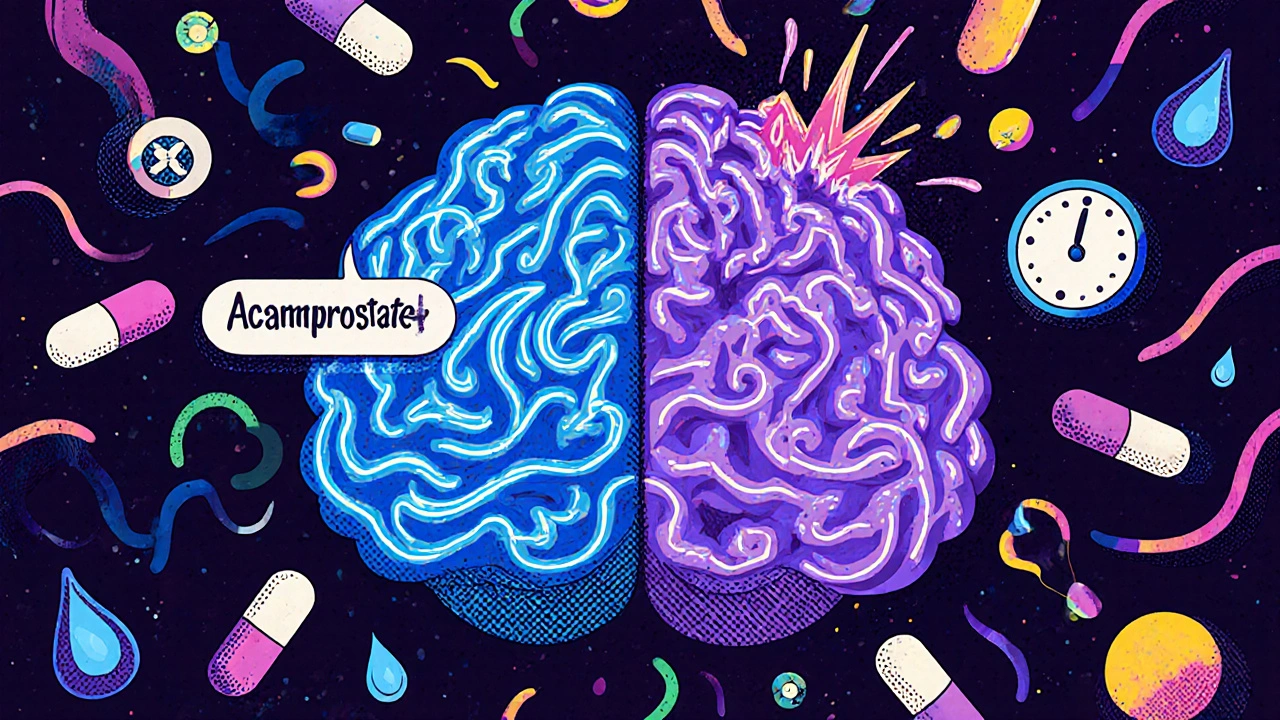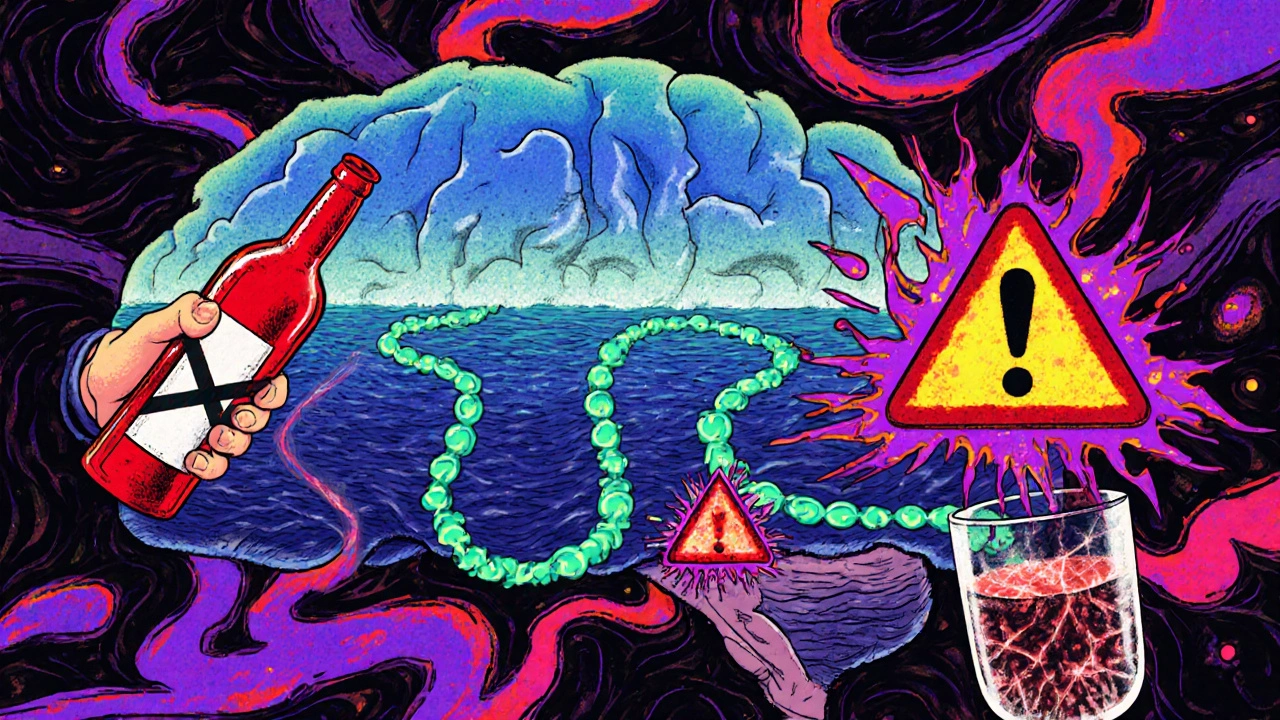Naltrexone: What It Is, How It Works, and What Alternatives Exist
When you hear naltrexone, a medication used to block the effects of alcohol and opioids in the brain. Also known as Vivitrol when given as a monthly injection, it doesn't get you high or cause dependence — it simply stops the reward signals that make addiction hard to break. This isn't a cure, but it’s a tool that gives people space to rebuild their lives without the pull of cravings.
Naltrexone works as an opioid antagonist, a drug that binds to opioid receptors without activating them. That means if someone takes heroin or oxycodone while on naltrexone, they won’t feel the usual rush — the drug just sits there, useless. The same goes for alcohol: it reduces the pleasurable effects, making drinking less appealing over time. It’s often used in medication-assisted treatment, a proven approach combining drugs with counseling for substance use disorders. You won’t find naltrexone in street drug circles because it doesn’t produce euphoria — but in clinics and recovery programs, it’s a quiet game-changer.
People use naltrexone for two main reasons: to stay off opioids after detox, or to reduce heavy drinking. It’s not for everyone — you must be clean of opioids for at least 7–10 days before starting, or you risk sudden, severe withdrawal. And while it helps with cravings, it doesn’t fix trauma, stress, or mental health issues that often drive addiction. That’s why it’s most effective when paired with therapy, support groups, or lifestyle changes.
There are alternatives. For opioid use, methadone and buprenorphine are more commonly used because they ease withdrawal and reduce cravings more directly. But naltrexone has an edge: no risk of misuse, no daily pills if you go with the shot, and it’s safe for people who want to avoid any opioid-like substance. For alcohol, acamprosate and disulfiram are other options — but they work differently. Acamprosate calms brain chemistry after quitting, while disulfiram makes drinking unpleasant (it causes nausea and flushing). Naltrexone is the only one that directly blocks the high.
What you’ll find in the articles below isn’t just a list of drug comparisons. It’s real-world insight into how medications like naltrexone fit into actual recovery journeys — what works, what doesn’t, and how people manage side effects, access issues, and long-term use. You’ll see how it stacks up against other treatments, what doctors really think about it, and how patients stay on track when the motivation fades. No fluff. No marketing. Just facts and experiences that matter when you’re trying to get your life back.
Compare Acamprol (Acamprosate) with Alternatives for Alcohol Dependence
Compare Acamprol (acamprosate) with naltrexone, disulfiram, topiramate, and other alternatives for alcohol dependence. Learn which medication suits your needs, side effects, costs in Australia, and how to choose the right treatment.
Medications for Alcohol Use Disorder: How They Reduce Relapse Risk - and When They Don’t
Medications for alcohol use disorder can reduce relapse risk - but only if chosen correctly and taken consistently. Learn how naltrexone, acamprosate, and disulfiram work, who they help most, and why so many people stop taking them.

